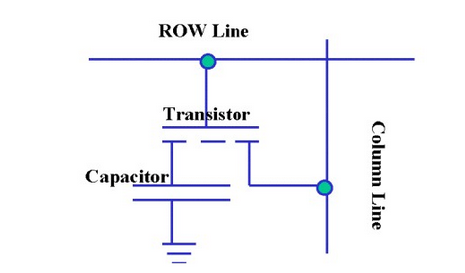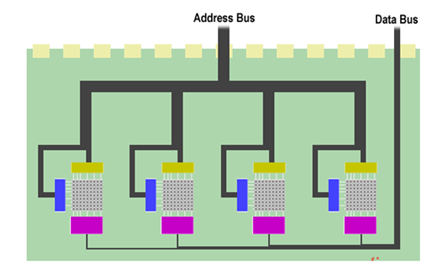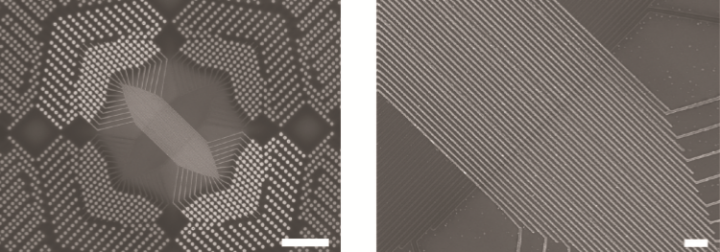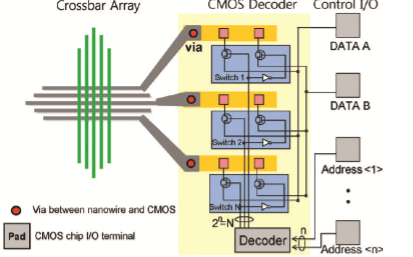RAM, or Random-Access Memory, is a type of volatile memory that allows data to be read and written in any order. However, it loses all stored information when the power is turned off.
RAM is mainly divided into two types: SRAM (Static RAM) and DRAM (Dynamic RAM). The key difference lies in how they store data. SRAM uses flip-flops to store each bit, which means it doesn't require refreshing as long as power is supplied. On the other hand, DRAM stores data using capacitors, which need to be periodically refreshed to maintain the stored charge. This makes DRAM slower but more cost-effective, making it the most common type of RAM used in computers today.
The basic DRAM memory cell consists of a single transistor and a capacitor. The transistor controls the flow of charge into and out of the capacitor, allowing the cell to store a bit of data. In modern systems, DRAM is usually implemented as SDRAM (Synchronous DRAM), which synchronizes with the system clock for faster access times. SDRAM is organized into multiple banks, enabling efficient memory addressing and improving overall performance.


RRAM, or Resistive Random Access Memory, is an emerging non-volatile memory technology that is still under development. It uses memristors—devices whose resistance changes based on the current flowing through them—as memory cells. One of its main advantages is that it can reduce the number of transistors required in a memory array compared to traditional DRAM. This makes RRAM a promising candidate for future high-density, low-power memory solutions.

An example of RRAM implementation is the crossbar architecture. In this design, memory cells are arranged in a grid-like structure, where rows and columns are controlled by voltage signals. Data can be read or written by applying specific voltages to the appropriate address lines. This method simplifies the circuitry and improves scalability.

As research continues, RRAM has the potential to replace traditional memory technologies in many applications, especially in areas requiring fast, durable, and energy-efficient storage solutions.
Author: Birkee
Link: https://
Source: Knowing
FAKRA Automotive High Frequency Connectors
Fakra Automotive High Frequency Connectors,Multi-Port Rf Connectors,Fpc Automotive Connector,Automotive Terminals Connector
Dongguan Zhuoyuexin Automotive Electronics Co.,Ltd , https://www.zyx-fakra.com